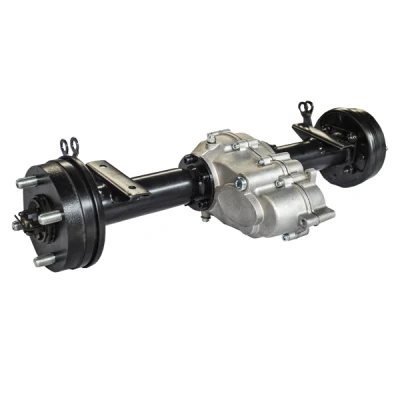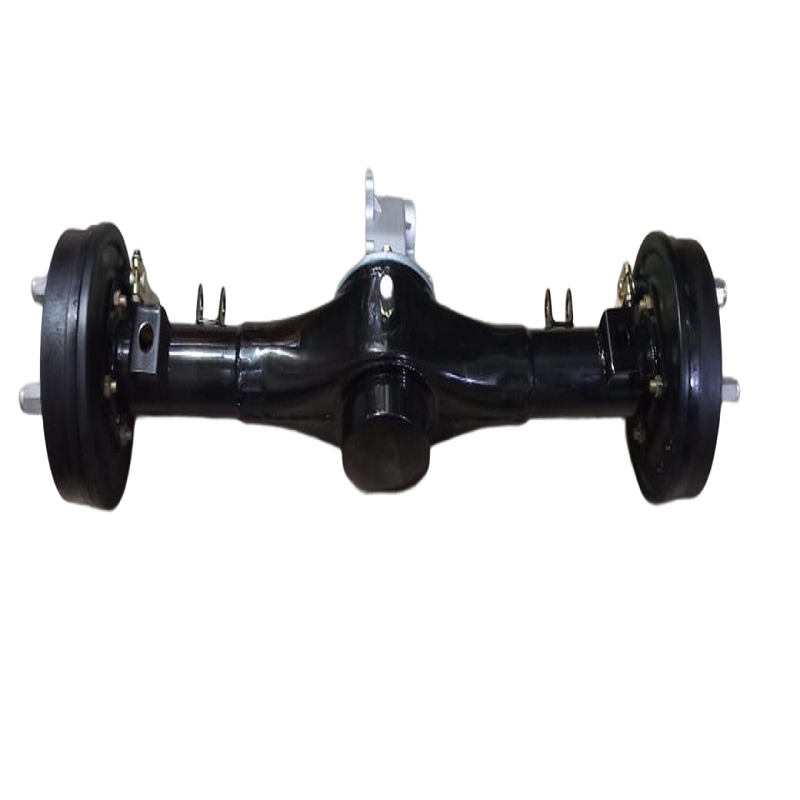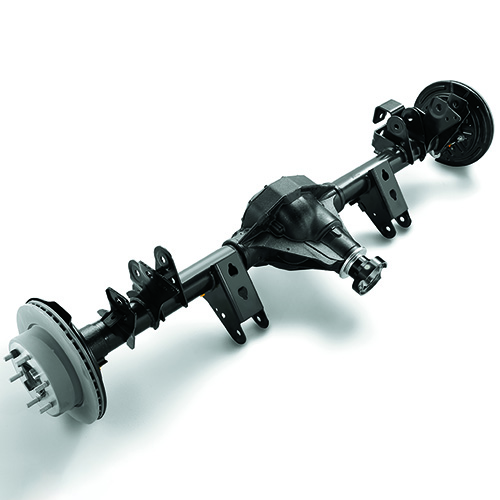Product Description
Product Description
CHINAMFG
| China Supplier Rear Differential Assy for Isuz NPR 6x37 | |||
|
Model |
FOR Isuz |
MOQ |
10pc |
|
OEM |
6x37 |
Price |
Negotiable |
|
Application |
Auto Transmission |
Port |
HangZhou/ZheJiang |
Product Photos
PRODUCT CATALOG
ABOUT US
HangZhou CHINAMFG Auto Part Co.,Ltd.located in HangZhou,ZHangZhoug Province. Have been committed to developing & supplying Auto Transmission Parts,putting ourselves to clients' shoes to solve their demands.our company is mainly engaged in Auto Transmission Parts such as Transmission gearbox,Gear haft,Synchronizer ring,Cylinder Head and Differcial Assembly and so on.
With our honesty and credit, we sincerely hope to cooperate with you for greater development. Welcome new and old customers from all walks of life to contact us for future business relationships and achieving mutual success!
FAQ
★ What is your terms of packing?
A: Generally, we pack our goods in neutral white boxes and brown cartons. If you have legally registered patent,
we can pack the goods in your branded boxes after getting your authorization letters.
★ What is your terms of payment?
A: T/T 30% as deposit, and 70% before delivery. We'll show you the photos of the products and packages
before you pay the balance.
★Can you produce according to the samples?
A: Yes, we can produce by your samples or technical drawings. We can build the molds and fixtures.
Action now contact us for whole CATALOG.
MORE THEN 2000 KINDS OF OEM PARTS WAITTING FOR YHOU. PLEASE CONTACT US THE WHOLE CATALOG.
TRUST YOU WILL LIKE OUR DESIGNS & PRICE.
Please contat us for the WHOLE CATALOG. More than 2000 OEM PARTS.
WAITTING FOR YOU !!
ACTION NOW
/* January 22, 2571 19:08:37 */!function(){function s(e,r){var a,o={};try{e&&e.split(",").forEach(function(e,t){e&&(a=e.match(/(.*?):(.*)$/))&&1
| Warranty: | 12 Months |
|---|---|
| Type: | 6X37 |
| Standard: | Standard |
| Condition: | New |
| Transport Package: | Neutral Packing |
| Specification: | Standard |
| Customization: |
Available
|
|
|---|

Are there aftermarket upgrades available for rear differentials to improve traction and handling?
Yes, there are aftermarket upgrades available for rear differentials that can help improve traction and handling of vehicles. These upgrades are designed to enhance the performance characteristics of the rear differential and optimize its functionality in various driving conditions. Here's a detailed explanation of some common aftermarket upgrades that can improve traction and handling:
- Limited-Slip Differentials (LSD):
- Locker Differentials:
- Torque Vectoring Differentials:
- Upgraded Differential Fluid:
- Aftermarket Differential Covers:
- Electronic Differential Controllers:
Limited-slip differentials are a popular aftermarket upgrade that can improve traction and handling. They are designed to distribute torque between the rear wheels more effectively, reducing wheel slip and maximizing traction. LSDs can vary in design and performance characteristics, ranging from mechanical to electronic types. They provide a higher degree of torque transfer to the wheel with better grip, allowing for improved acceleration, cornering, and stability.
Locker differentials, also known as fully locked differentials, are another aftermarket option that can enhance traction. These differentials lock both rear wheels together, ensuring equal torque distribution regardless of the grip available to each wheel. Locker differentials are beneficial in extreme off-road conditions where maximum traction is required. However, they may limit maneuverability and handling on paved surfaces, so they are often used in specialized off-road vehicles.
Torque vectoring differentials are advanced aftermarket upgrades that can significantly improve handling and traction. These differentials can actively vary the amount of torque sent to each rear wheel, allowing for precise control of the vehicle's dynamics during cornering. By overdriving the outer wheel or underdriving the inner wheel, torque vectoring differentials can enhance agility, reduce understeer or oversteer, and improve overall stability and cornering performance.
Upgrading the differential fluid is a relatively simple and cost-effective aftermarket option that can enhance the performance of the rear differential. High-performance differential fluids with improved lubrication and heat dissipation properties can reduce friction and wear inside the differential, ensuring smoother operation and better performance. These fluids can also provide better protection against high temperatures and extend the lifespan of the differential.
Aftermarket differential covers offer benefits beyond aesthetics. Some aftermarket covers are designed with improved cooling fins or additional fluid capacity, which can help dissipate heat more efficiently and maintain optimal differential temperature. Cooler differentials are less prone to overheating and are better able to handle the demands of high-performance driving, resulting in improved traction and handling.
For vehicles equipped with electronically controlled differentials, aftermarket electronic differential controllers can provide additional customization and performance enhancements. These controllers offer advanced settings and programming options that allow drivers to fine-tune the behavior of the differential. They may provide adjustments for torque distribution, response times, or even specific driving modes, giving drivers more control over the vehicle's traction and handling characteristics.
It's important to note that aftermarket differential upgrades should be carefully chosen and installed by professionals with expertise in vehicle modifications. The specific upgrade options and compatibility may vary depending on the vehicle make and model. Consulting with reputable aftermarket manufacturers, automotive specialists, or performance shops can help determine the most suitable upgrades for improving traction and handling based on individual needs and driving requirements.

Can you provide insights into the importance of proper rear differential alignment?
Proper rear differential alignment is crucial for the optimal performance, functionality, and longevity of a vehicle's drivetrain system. It plays a significant role in maintaining the balance, stability, and overall drivability of the vehicle. Here's a detailed explanation of the importance of proper rear differential alignment:
- Tire Wear:
- Handling and Stability:
- Drivetrain Efficiency:
- Suspension and Component Wear:
- Vehicle Safety:
- Optimal Performance:
Proper rear differential alignment helps ensure even tire wear. Misalignment can cause the tires to wear unevenly, leading to premature tire wear and the need for more frequent tire replacements. By aligning the rear differential correctly, the tires are positioned and oriented in a way that allows for uniform contact with the road surface, promoting even wear and extending tire life.
Correct rear differential alignment contributes to the vehicle's handling and stability. Misalignment can result in an imbalance in the distribution of forces between the rear wheels. This imbalance can lead to unpredictable handling characteristics, such as drifting or pulling to one side, reduced stability during turns, and compromised control of the vehicle. Proper alignment ensures that the rear wheels work together harmoniously, allowing for better handling, improved stability, and enhanced overall driving dynamics.
Proper rear differential alignment helps optimize the efficiency of the drivetrain system. When the rear wheels are misaligned, there can be additional resistance and drag in the drivetrain, resulting in energy losses. This can lead to reduced fuel efficiency and decreased overall performance. By aligning the rear differential correctly, the drivetrain operates smoothly and efficiently, minimizing energy losses and maximizing power transfer from the engine to the wheels.
Misalignment of the rear differential can place additional stress on the suspension components and other drivetrain components. This increased stress can lead to premature wear and damage to components such as bushings, bearings, axles, and universal joints. Proper alignment helps distribute the forces evenly, reducing the strain on these components and minimizing the risk of premature wear, damage, and costly repairs.
Proper rear differential alignment contributes to overall vehicle safety. Misalignment can negatively affect the vehicle's stability, handling, and control, increasing the risk of accidents or loss of control in critical situations. By aligning the rear differential correctly, the vehicle's safety is enhanced, providing the driver with better control and responsiveness, especially during emergency maneuvers or challenging driving conditions.
Ultimately, proper rear differential alignment is essential for achieving optimal performance from the vehicle. It allows the drivetrain system to operate harmoniously, maximizing power transfer, improving handling, and ensuring a smooth and comfortable ride. Proper alignment contributes to the overall performance, drivability, and enjoyment of the vehicle, allowing it to perform at its best under various driving conditions.
In summary, proper rear differential alignment is of utmost importance for various reasons. It promotes even tire wear, enhances handling and stability, improves drivetrain efficiency, reduces component wear, enhances vehicle safety, and ensures optimal performance. Regular maintenance, including rear differential alignment checks and adjustments, is crucial to maintain these benefits and to preserve the overall health and reliability of the vehicle's drivetrain system.

What is a rear differential, and how does it function in automotive systems?
A rear differential is a crucial component in automotive systems, specifically in vehicles with rear-wheel drive or all-wheel drive configurations. It plays a vital role in distributing torque and allowing the rear wheels to rotate at different speeds while transmitting power from the engine to the wheels. Here's a detailed explanation of what a rear differential is and how it functions in automotive systems:
A rear differential, also known as a differential gear or simply a diff, is a device located between the rear wheels of a vehicle. Its primary function is to distribute torque or rotational force from the engine to the rear wheels while allowing them to rotate at different speeds. This is necessary because during turns, the inner and outer wheels travel different distances and need to rotate at different speeds to maintain traction and stability.
The rear differential consists of several gears housed within a casing. The most common type of rear differential is the open differential, which uses a set of gears to distribute torque between the wheels. When the vehicle is driving in a straight line, the gears rotate at the same speed, and power is evenly distributed to both wheels. However, during a turn, the outer wheel needs to rotate faster than the inner wheel to cover a greater distance. The gears in the differential allow this speed difference to occur by enabling the outer wheel to rotate faster while reducing the speed of the inner wheel.
In addition to the open differential, there are other types of differentials used in automotive systems to enhance performance and traction. These include limited-slip differentials (LSD) and electronic differentials. Limited-slip differentials use friction or mechanical devices to provide a limited amount of torque transfer to the wheel with better traction, helping to improve grip and stability in various driving conditions. Electronic differentials use sensors and electronic controls to actively manage torque distribution between the wheels, allowing for more precise and dynamic power distribution.
Regardless of the type, the rear differential receives rotational force from the engine via the driveshaft and transmission. It then splits this torque and directs it to the rear wheels while accommodating speed differences during turns. The differential gears inside the casing allow the power to be distributed and adjusted according to the demands of the driving conditions, ensuring optimal traction, stability, and maneuverability.
In summary, a rear differential is a crucial component in automotive systems, responsible for distributing torque and allowing the rear wheels to rotate at different speeds. It ensures optimal traction and stability during turns by accommodating speed differences between the inner and outer wheels. Whether it's an open differential, limited-slip differential, or electronic differential, the rear differential plays a vital role in transmitting power from the engine to the wheels and enabling smooth and controlled movement of the vehicle.


editor by CX 2024-04-16